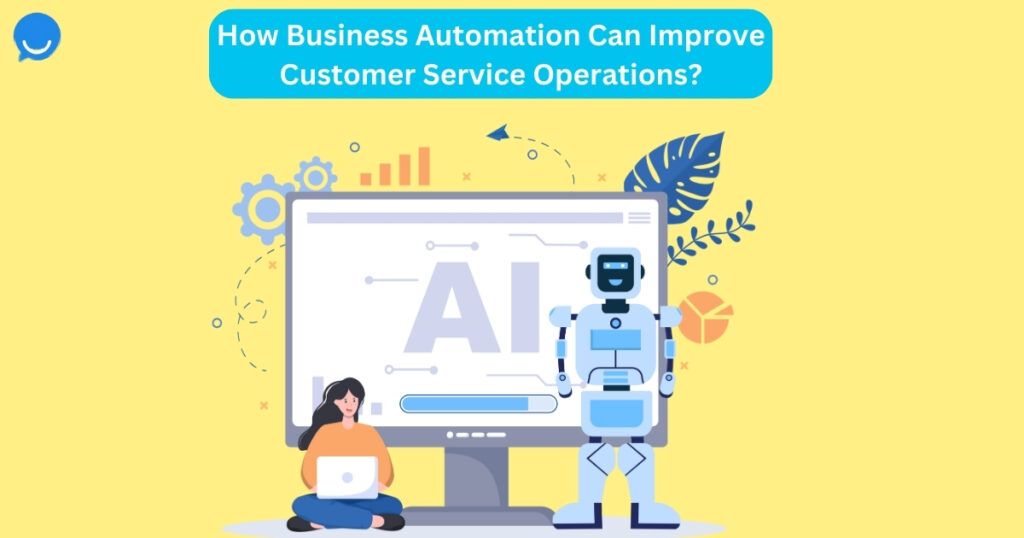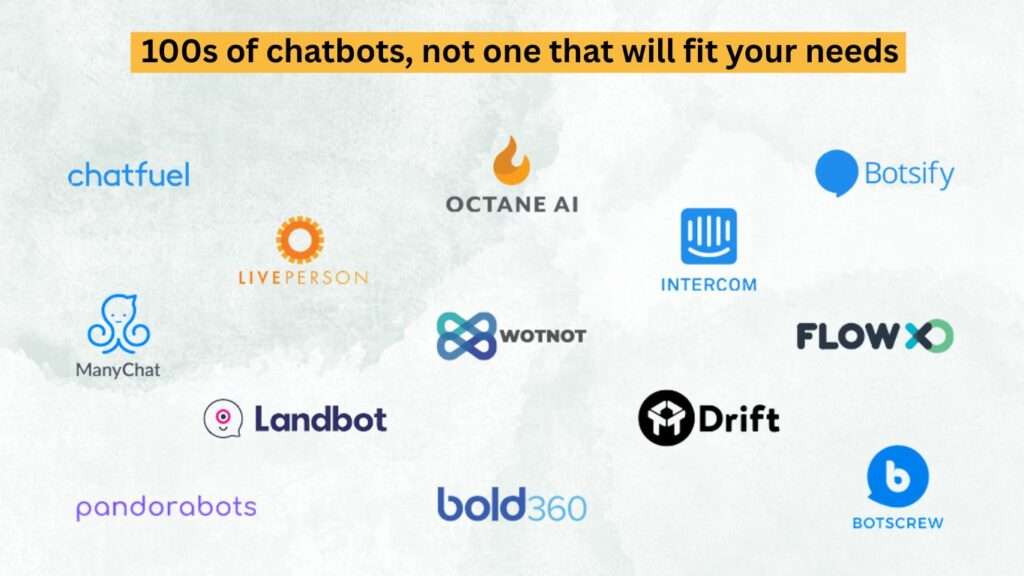
Customer service can make or break a business. Think about the last time you had to call or chat with a company’s support team—was it smooth, or did you end up frustrated? With automation, companies can cut out those annoying wait times and avoid the repetitive questions that make customers dread reaching out for help. But how does it work, and what can it really do for your business? Let’s break it down.
Why Automate Customer Service?
Ever been stuck waiting for an agent to get back to you, only to be asked to “turn it off and back on again”? It’s frustrating, right? With automation, tools like chatbots and virtual assistants can handle these types of basic requests instantly.
According to Invesp, 95% of consumers believe that customer service will benefit the most from automation tools. So, it’s not surprising that more companies are hopping on board. Automation helps support teams handle more queries faster and lets customers get what they need without the hassle.
How Automation Benefits Your Customer Service Team and Business?
Implementing automation in customer service is a win-win for everyone involved—customers get faster resolutions, and support teams can focus on trickier issues. Here’s what you can expect:
- Quicker Responses:
Bots can answer FAQs or guide users through troubleshooting right away, so customers don’t have to wait. Think of it like having a virtual assistant that’s available 24/7. - Always-On Support:
Speaking of 24/7—chatbots and automated systems never sleep. This means you can offer help around the clock, even on weekends and holidays. Customers love this because they don’t have to stick to business hours to get answers. - Less Repetition for Agents:
Remember those times when support agents have to repeatedly ask customers to “clear their browser cache” or “reset their password”? Automating these routine tasks takes the pressure off agents, letting them tackle more interesting or complex queries. - Consistent Service Quality:
Automated systems don’t have off days or get tired. They deliver the same quality of service every single time. This means no miscommunication or frustration for customers, no matter how many times they reach out. - Data-Driven Decisions:
Automation tools track customer interactions and gather insights on what customers are asking about most often. This data is gold—it helps companies identify patterns, fix recurring issues, and even refine their products or services.
How Businesses Are Using Automation Right Now
Not sure how automation fits into your business? Here are a few real-world examples:
- Chatbots for Instant Help:
Chatbots can manage a variety of customer interactions, from answering FAQs to guiding users through troubleshooting processes. For example, a chatbot on an e-commerce site can help customers find products or track their orders instantly. - Ticketing Systems to Streamline Requests:
Instead of manually assigning queries to the right department, automated ticketing systems can triage and direct customer inquiries to the appropriate team. This reduces response times and ensures queries are resolved efficiently. - Proactive Messaging:
Automation tools can send targeted messages or offer assistance based on user behavior. For instance, if a customer abandons their shopping cart, an automated system can trigger a reminder message with a discount code to encourage completion of the purchase.
Best Practices for Implementing Automation
It’s tempting to automate everything right off the bat, but there are a few things to keep in mind to make it work well:
- Start Small: Begin by automating simple, repetitive tasks like password resets or common order questions. Then, slowly expand to more complex processes as you gain confidence.
- Keep the Human Touch: Automation shouldn’t feel robotic. Make it clear when customers are chatting with a bot, and always provide a quick way to switch to a human agent if needed.
- Iterate and Improve: Don’t just “set it and forget it.” Keep an eye on how your automation tools are performing, ask for feedback, and tweak as necessary. The goal is to continuously enhance the experience for both customers and your support team.
Conclusion:
Automation is already changing the way businesses handle customer service. It’s not just about replacing human agents—it’s about making life easier for everyone. By automating repetitive tasks, offering 24/7 support, and keeping interactions consistent, companies can create a better overall experience for their customers.
Ready to take your customer service to the next level? Try out Beyondchats, and see how our AI-powered chatbot can seamlessly handle customer inquiries, streamline support processes, and boost your team’s efficiency.
Start small, automate thoughtfully, and watch your business flourish!




